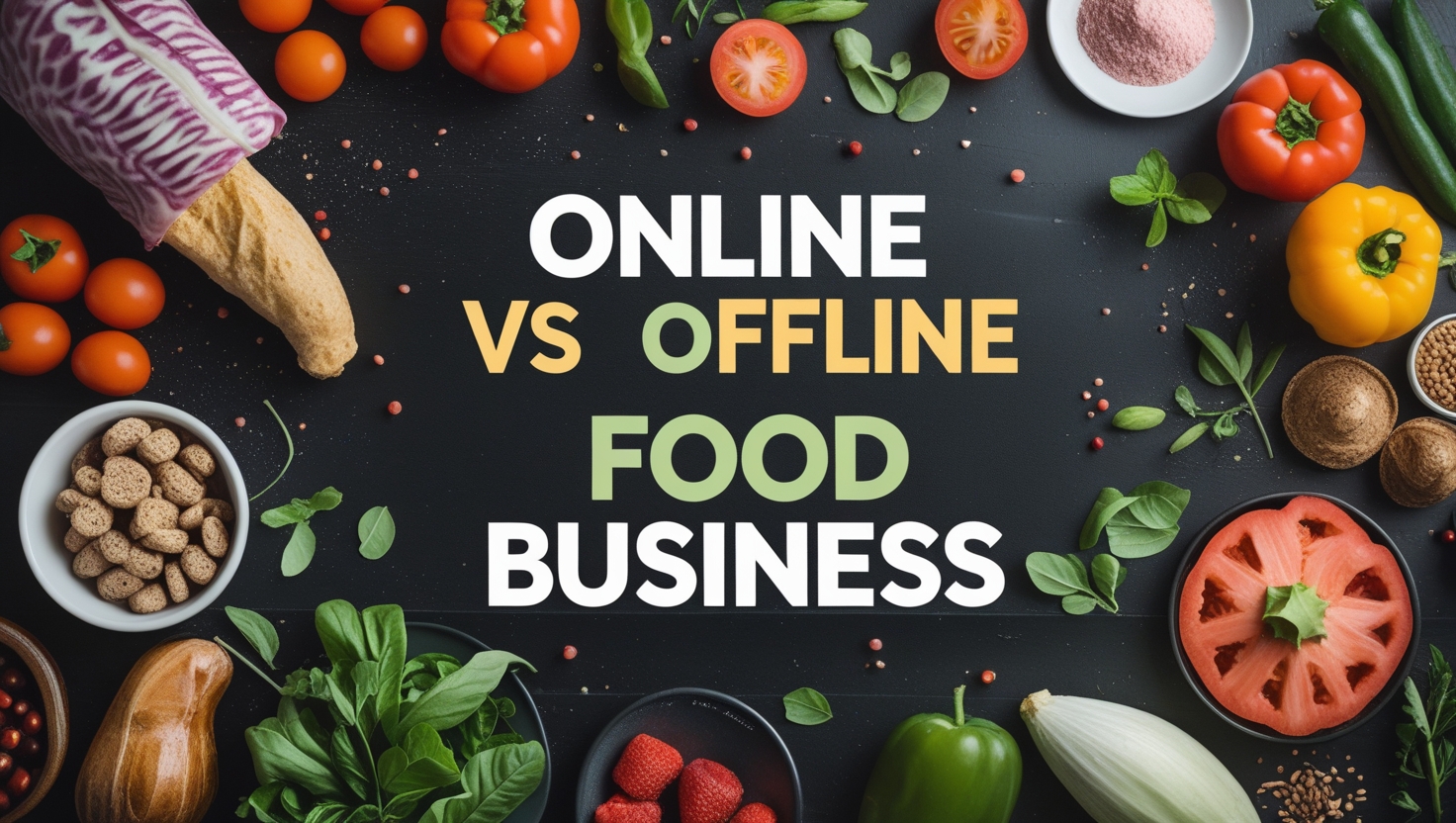Online vs Offline Food Business – Which is More Profitable in 2025?
Starting a food business in 2025 is exciting—but also challenging. One of the biggest decisions you’ll face is choosing between running your business online or offline.
Both options have benefits and risks. This article breaks them down clearly so you can decide what’s right for you based on real facts, experience, and market trends.
What Is an Online Food Business?
An online food business sells food through websites, apps, or social media. This includes:
- Restaurants offering delivery on Uber Eats, DoorDash, etc.
- Home-based bakers selling through Instagram or Facebook
- Packaged food brands using custom takeout boxes selling on Amazon, Etsy, or Shopify
Pros of Online Food Business
- Lower startup cost
No need to rent space. You can start from home or a small kitchen. - Bigger customer reach
You’re not limited to your neighborhood. You can reach people across your city—or even the country. - Flexible hours
Customers can place orders anytime. Your website works while you sleep.
Cons of Online Food Business
- More competition
Many businesses now sell online. Standing out takes effort. - Delivery challenges
Delays or poor packaging can damage your reputation. - Marketing required
To grow, you must invest in good photos, social media, and ads.
What Is an Offline Food Business?
An offline food business operates in a physical space like a restaurant, café, food stall, or bakery.
Pros of Offline Food Business
- Face-to-face connection
In-person service builds trust and loyalty. - Instant feedback
You can see what people like and fix problems quickly. - Walk-in sales
People may enter your store just by passing by.
Cons of Offline Food Business
- High costs
Rent, staff, equipment, and utilities add up fast. - Limited reach
Your income depends on how many people visit your location. - Fixed hours
You can only make money when your store is open.
Which Makes More Profit in 2025?
Let’s get to the point: profit.
Online:
You can earn more with an online business if you build a strong brand and use the right tools. Lower costs mean more money in your pocket. Plus, selling packaged food, meal kits, or snacks online can grow fast if your product is good.
Offline:
If you’re in a busy area and offer great service, you can still make strong profits offline. People value the experience of dining in or buying food in person.
The Most Profitable Path: Mix Both
In 2025, the smartest food businesses combine online and offline models.
Here’s how it works:
- Run a restaurant or food shop locally
- Offer delivery or pickup via online apps
- Sell your products online using a website or food platform
This way, you make money from local customers and online buyers. It also helps build brand trust and boosts visibility.
Packaging also matters. Whether you’re delivering meals or shipping products, use customized food boxes to make your brand look professional and keep food safe.
Final Thoughts
There’s no single answer for everyone. Online food businesses give flexibility and reach. Offline food businesses build strong, local relationships. But the best strategy in 2025 is often doing both.
Start small. Keep your food quality high. Be active online and responsive in person. That’s how you build a profitable food business that lasts.

